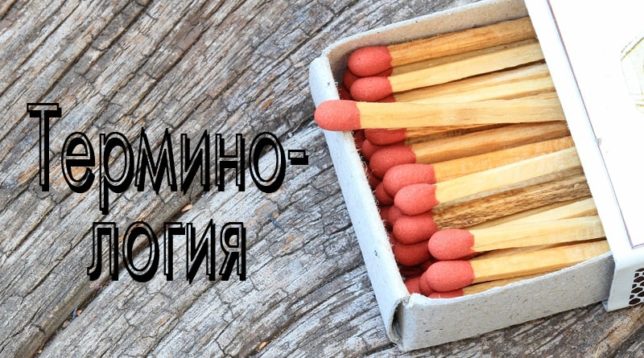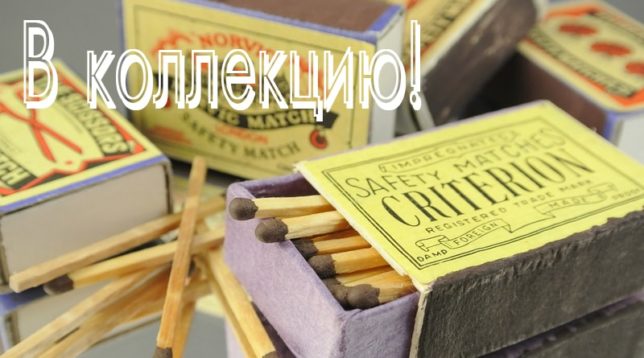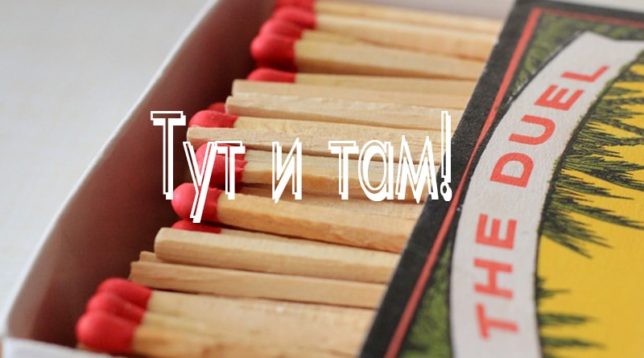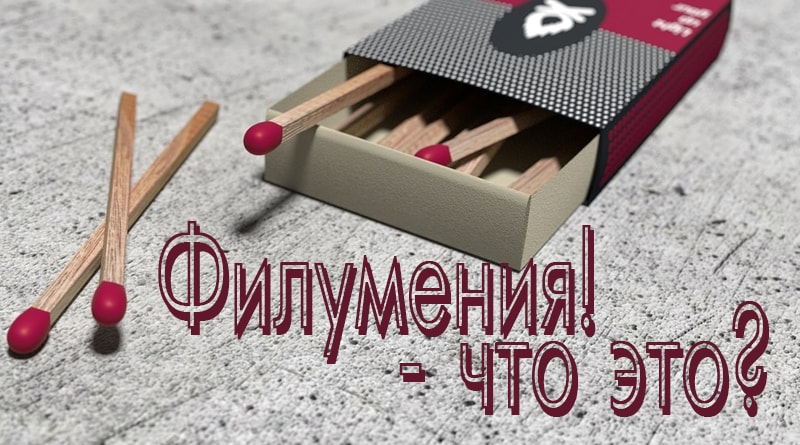Many ordinary objects surround a person in the bustle of everyday life. But a nondescript badge, coin or inconspicuous stamp has its own, sometimes exciting story. A matchbox with a characteristic label - a repository of “tamed fire”, can tell about the history of the country of the period when it was released. It can be a miniature platform for a commercial ad, in other words - an advertisement or deliver aesthetic pleasure to a collector. What is phylum? Let's talk about this in more detail.
What does the term phylum?

The term phylumania refers to one of the varieties of collecting. People with passion collect match labels, boxes, booklets (matchbooks) and other items closely related to this topic.
The philological roots of the term are of Greek-Latin origin. Phylumania includes two words - Greek Philos (to love) and Latin "Lumen" (the fire). Englishwoman Marjorie Evans in the spring of 1943 for the first time formally proposed the term "phillumeny". In English, this concept looks like this -«phillumeny ». By the degree of enthusiasm it can be compared with philately - collecting stamps.
Story
Matchbox collectibles span over a 200-year period. Matchboxes began to be collected almost immediately, as soon as matchboxes appeared on the shelves of outlets. Some collectors are proud of the treasure in their exposition - labels from boxes that still contained “chemical” matches. Such items are dated around 1810-1815! In 1826 or 1827 (the exact date is unknown), when the “striking” matches, the brainchild of the English inventor John Walker, began to be produced on an industrial scale, the collection of various boxes received a wide scope.
How to choose boxes for collection

Collecting is a collecting system. Each collector has a specific goal, being interested in one, maybe several topics. For example, if a person is keen on collecting boxes with labels of the USSR era and he comes across a matchbox with the image of Yu. A. Gagarin, who made his immortal flight on April 12, 1961, it is advisable to supplement the series. By the way, in this series there are 6 more exhibits - with Valentina Tereshkova, G. S. Titov and other astronauts. The Soviet Union produced many interesting options:
- Young heroes of World War II.
- Images of national costumes of the Union republics.
- Series of vintage cars.
- Zoo series.
- Sport.
- Pictures campaigning to stop drinking and so on.
Choosing a topic, you should collect the entire series. This is what collecting is about. It is advisable for the philologist himself that the box with the label be in good condition.
How to keep a collection

Perhaps only philatelists will be able to understand philumenists. After all, brands, like match labels, are fragile. Made from paper and printing ink, which fade over time. Philatelists keep their expositions in special albums, and philamenists use several methods for this:
- Using an autograph album. Glue the top of the matchbox onto a thick piece of paper. Then the sheets are sewn together with a strong kapron thread, thus creating an album.
- With the help of a box. In some cases, the phylum is not interested in the drawing itself. The exhibit is valuable in the shape of the box, how it opens, even with the matches in it. Under such circumstances, the album is not suitable - you have to store the whole box.
Using a man-made album or drawer “life” of the collection can be significantly increased.
Phylum in the world and in Russia

After 1945, philately began to gain strength, drawing new entrants around the world. At the moment, the largest community with a developed structure is considered the English "The British Matchbox Label & Booklet Society", which covers not only the UK and former colonies, but also other countries. In Russia, a hobby appeared even before they began to manufacture and sell their own matches. Travelers and sailors brought with them from distant lands boxes as souvenirs, like fridge magnets today. For the period of the beginning of the First World War, collections consisting of 1000 exhibits were declared.
After the historic Aurora shot in 1917, philumenia fell into decay. An undeserved label was hanged - "bourgeois prejudice." However, from the middle of the last century, sections of matchbox collectors began to be organized in large cities of the Soviet Union. The heyday of phylum in the Union fell on two decades - from 1960 to 1980. Even the famous Balabanovskaya factory produced special sets of labels for collectors. The Baltic factories operating in the domestic market joined this movement. Due to the fact that the vast majority of factories have abandoned veneer boxes, switching to cardboard packaging, phylum is again declining.
How much can the boxes cost
Speaking about the cost of collectibles, it is worth noting that just a label pasted on an album and boxes with a characteristic image are different things for an understanding person. In the first case, the exhibit is of no value, and its value tends to zero. Another thing is a matchbox with a label, but in good condition - such items can cost tens of thousands of rubles. For example, German products dating from 1941 cost 300 rubles per copy, but the period from 1960 to 1990 will cost the collector only 30 rubles apiece. The cost directly depends on the subject matter, circulation and preservation of the specimen.
Phylogeny, with a certain cyclical nature, either declines or is reborn again. Collecting match attributes is a gambling passion that attracts new members to its ranks around the world. Gathering a collection at home, a person plunges into the world of history, feeling the breath of eras, gets acquainted with how people lived in a particular country.
Phylumia is also attractive because it does not require investment to collect specimens of interest. It’s enough to have 100 rubles in your pocket and a great desire to join the study of history through collecting.It offers beginners the Internet, where there are forums philumenists, which are under discussion, there are exchanges or buying / selling labels.










